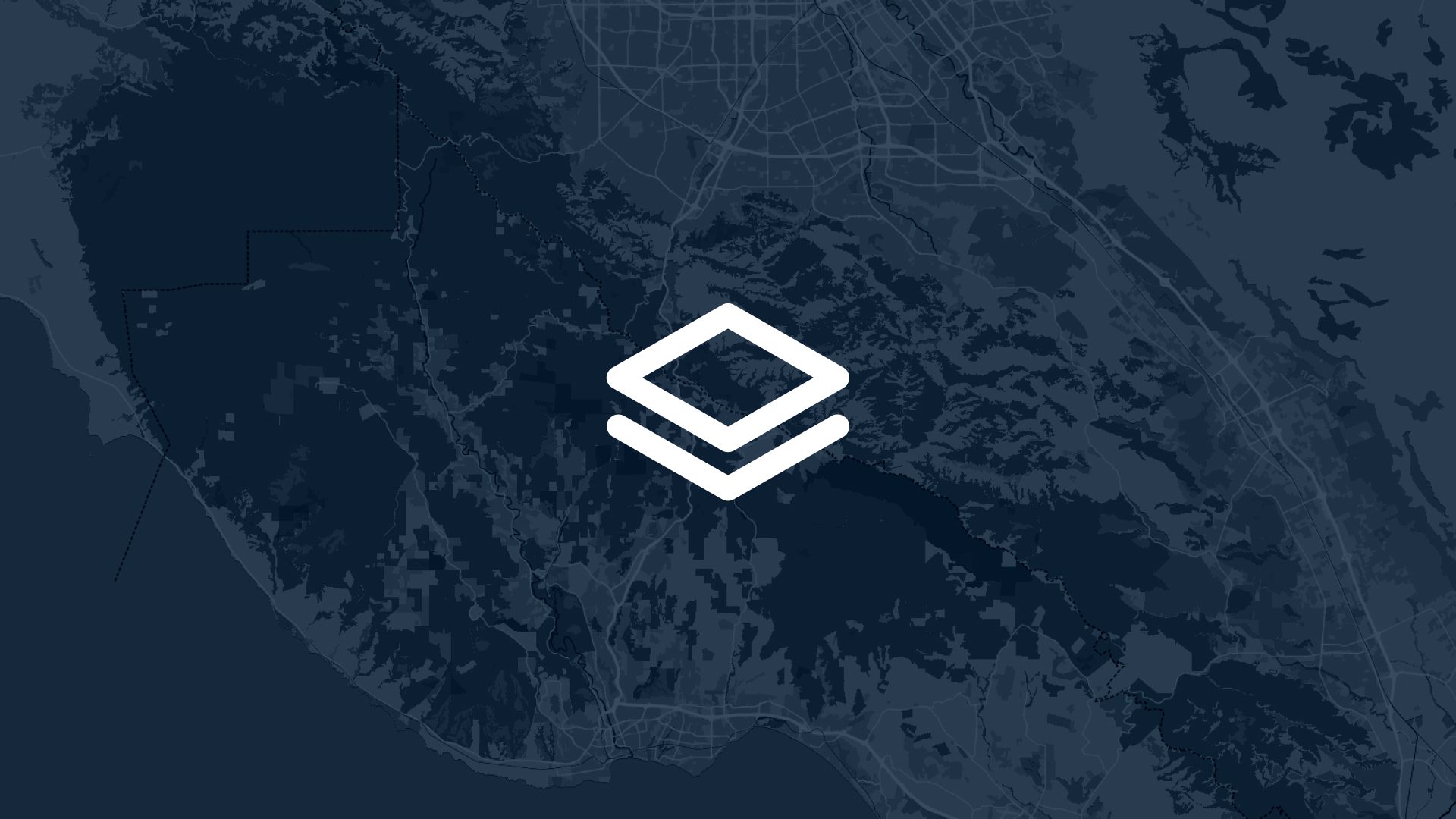Maps are powerful tools that help us understand and navigate the world. While looking at a map, you may notice a small box filled with assorted symbols and colors — this is the map's legend. Often overlooked, the legend is essential for interpreting the information the map provides. But what exactly is a map legend?
Understanding Map Legends
A map legend, sometimes called a "key," is a visual explanation of the symbols used on the map. Maps are designed to convey information concisely and clearly, and not every detail can be shown as text or illustrations on the map itself. Instead, maps use symbols to represent various features or data points, and these symbols are decoded with the help of the map legend.
Components of a Map Legend
- Symbols: These icons or graphics represent different map features, such as roads, trails, streams, hospitals, schools, or points of interest.
- Colors: Different colors are used to designate various types of land, water bodies, elevation, or other thematic elements such as demographic data.
- Labels: Each symbol or color in the legend is usually accompanied by a short description or label explaining what it represents.
The Importance of a Map Legend
Without a legend, a map's usefulness can diminish significantly. The legend instructs users on how to read the map competently. Whether the map is used for urban navigation, hiking, data analysis, or educational purposes, the legend plays a crucial role in understanding the map's story.
Enabling Accurate Interpretation
Maps contain various symbols and colors, and the legend is the guide that explains their meanings. For instance, a green area might denote a park, whereas blue lines might indicate water bodies. Understanding these symbols is essential for users to decipher what each element of the map represents accurately.
Providing Context
Map legends provide vital context. Without them, users might interpret symbols or colors incorrectly, leading to misunderstandings. For example, in a map indicating traffic congestion, the color red might signify zones of high vehicle density, which is crucial for travelers planning routes.
Universal Communication Tools
Maps are used globally, often transcending language barriers. Even if someone doesn’t speak the language the map is labeled in, the legend's visual symbols usually remain understandable. This feature is especially useful in globalized settings or areas with diverse languages and cultures.
Designing Map Legends
Creating an effective map legend is as vital as designing the map itself. A well-crafted legend ensures clarity and ease of use, enhancing the map's overall utility.
Consistency in Design
Consistency in symbols, colors, and labels is crucial when designing a legend. For maps serving as part of a series, using the same symbol set across all maps helps maintain understanding. For instance, if a blue line represents a river on one map, it should ideally represent a river across all maps of the same series.
Clear Symbol Representation
Symbols in a legend should be intuitive and universally recognized whenever possible. For example, a tent symbol could represent a campsite, and a cross might represent a hospital. Choosing easily identifiable symbols aids in user comprehension.
Optimal Layout and Placement
The legend should be placed where it’s easily accessible without dominating the map space. A well-placed legend allows map users to reference it quickly, supporting an uninterrupted flow of information.
Map Types and Their Legends
Different types of maps serve various purposes, and their legends are tailored to fit those needs. Here are some common map types and what to expect from their legends:
Road Maps
Road maps are designed primarily for navigation. Their legends will often include symbols for highways, roads, railways, and perhaps points of interest such as gas stations, rest areas, and landmarks.
Topographic Maps
These maps show natural and man-made features of an area, often in great detail. Legends on topographic maps will include symbols for different landforms, water features, elevation changes, vegetation, and cultural artifacts.
Thematic Maps
Thematic maps focus on specific themes or datasets, such as population density, climate, or economic activities. Legends for these maps provide keys to understanding the thematic data visualization—like color gradients representing temperature ranges or circles of varying size denoting population size.
Political Maps
Political maps are used to show governmental boundaries of countries, states, and counties. Legends typically include borders, significant cities, and major bodies of water. Colors are often used to differentiate between various political entities.
Hiking Maps
These maps guide hikers through parks and wilderness areas, featuring trails, elevation, campsites, and other essential navigation information. The legend will include trail difficulty ratings, types of terrain, and natural features like rivers or mountains.
Challenges in Legend Design
Even well-conceived map legends can present challenges. Complex maps with myriad data can overwhelm a user with information. A legend must balance detail with clarity to avoid cognitive overload.
Balancing Detail and Simplicity
In trying to convey comprehensive information, a legend can become cluttered. Designers must balance showing enough detail with keeping the legend digestible. This might involve simplifying symbols or grouping similar data points together.
Ensuring Accessibility
Colors need to be chosen carefully so that individuals with color vision deficiencies can still use the map effectively. Patterns or textures can help differentiate color-coded data, ensuring accessibility for everyone.
Overcoming Space Limitations
Maps can only include so much information before becoming visually overwhelming. Creative solutions to spacing, such as scrollable digital legends or utilizing both sides of a printed map, can improve usability without losing clarity.
Map Legends In Digital and Interactive Maps
With advancements in technology, digital maps offer new ways to manage map legends, enhancing flexibility and interactivity:
Interactive Legends
Digital maps often feature interactive legends that can highlight or filter layers of information on the map. Users can toggle features on or off, focusing only on the elements they are interested in, which simplifies complex data navigation.
Real-Time Data Integration
Interactive legends can show real-time data changes, such as live traffic conditions or weather updates, providing users with the most current information at their fingertips.
Enhancing User Interactions
Digital legends can offer tooltips or pop-up explanations when users hover over symbols—a feature that provides additional detail without cluttering the map.
Using Atlas for Enhanced Map Legends
Atlas offers a comprehensive suite of tools that make creating and managing map legends an effortless task.
Interactive Map Legends
Atlas provides interactive map legend features that are especially helpful in digital mapping. This function allows users to easily toggle map layers on and off, helping to focus on particular data sets or map elements. Users can interact with the legend directly, seeing immediate changes to the map as they explore different features and datasets. This interactive approach not only enhances understanding but also significantly streamlines the user experience.
Customization Options
With Atlas, customizing map legends is straightforward and highly flexible. Users can select specific colors, symbols, and styles that align with their branding or thematic map requirements. This level of customization ensures that every map created is not only practical but also personalized and visually appealing. By customizing legends to fit the specific needs of the project, Atlas makes every map both unique and informative.
Real-Time Data Integration
One of the standout features of Atlas is its ability to integrate real-time data into maps. This feature is especially useful for users who rely on up-to-date information, such as for traffic or weather reports. As conditions change, so do the map elements and corresponding legends, ensuring that users always have the latest information at their fingertips.
Simplified Legend Design
Atlas's user-friendly interface simplifies the legend design process. The application provides templates and guides that help even novice users design elegant, functional map legends. Whether for educational purposes, professional presentations, or casual use, Atlas ensures that legends are clear and effective in conveying the right information.
Enhanced Collaboration
Atlas supports real-time collaboration, allowing multiple users to work simultaneously on map projects from different locations. This feature is particularly beneficial for teams needing to develop maps and legends collaboratively. With shared access, team members can suggest modifications and see instant updates, fostering a more efficient and integrated workflow.
Scalable Solutions
Whether you're a small local business or a large international organization, Atlas adapts to the scale of your needs. The platform is equipped to handle large data sets, ensuring that your map legends effectively represent your information, regardless of size or complexity. This scalability makes Atlas an excellent tool for a wide range of industries and applications.
By leveraging Atlas's powerful features, users can enhance the clarity, effectiveness, and aesthetic appeal of their map legends, transforming complex data into comprehensible and actionable insights. This blend of innovation and ease-of-use positions Atlas as a top choice for individuals and organizations looking to unlock the full potential of their mapping projects.





